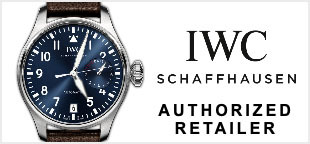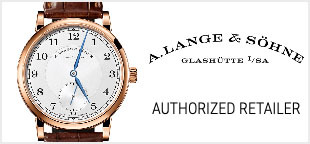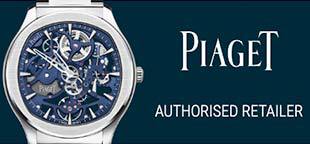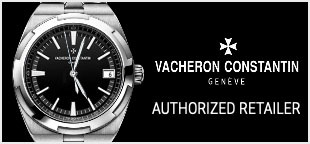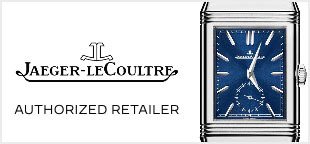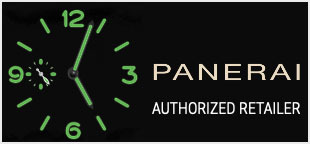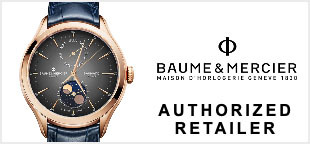Through the years, diamonds have provided fulfillment for emotional and practical needs. They are sought-after gifts, status symbols, tokens of romance, and even long-term investments. Most of all, the physical character of a diamond is unparalleled in the natural world and more unique than any other gemstone.
DIAMONDS ARE BEAUTIFUL.
Their exquisite beauty and mystique provide us an outward expression of love. They create an aura of success and inspire feelings of distinction. A diamond interacts with white light better than any other gemstone, giving it fire and brilliance that dazzles the eye and provokes the heart.
DIAMONDS ARE RARE.
Although there have been new discoveries of gem diamond resources, the supply is still limited. Larger diamonds are increasingly more difficult to find. When 250 tons of ore (mineral-bearing rock) are blasted, crushed, and processed, chances are there will only be one carat of rough diamonds recovered; less than 20 percent of all rough diamonds are suitable for cutting into gem-quality diamonds for jewelry. While diamond prices may fluctuate with economic conditions, even after years of being worn and enjoyed, a diamond retains its value and may be passed from generation to generation.
DIAMONDS ARE DURABLE.
The word diamond is derived from the Greek adamas, which means unconquerable—particularly fitting, as diamonds are the hardest substance known to man. In fact, because of the hardness of this gem, the vast majority of diamonds mined today are not sold to be manufactured into jewelry, but are utilized in industrial tool parts.


